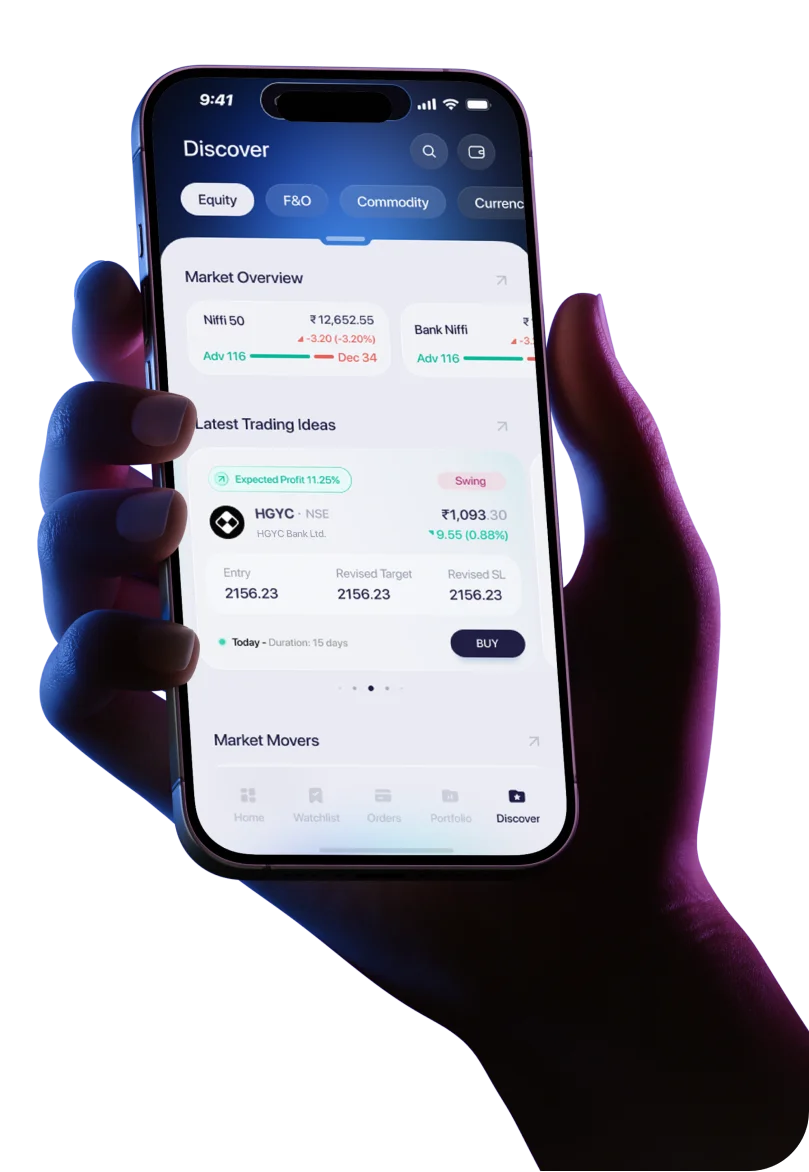Business Overview:
Incorporated in 2000 and headquartered in Kolkata, Ganesh Consumer Products Limited is a leading FMCG brand in East India, best known for its stronghold in wheat-based derivatives such as atta, maida, sooji, and Dalia. Over the years, the flagship “Ganesh” brand has expanded beyond staples into value-added flours, instant mixes, spices, ethnic flours, and traditional snacks, building a versatile portfolio that caters to both everyday essentials and evolving consumer tastes.
With innovation at its core, the company launched 11 new products and 94 SKUs in the last three years, including specialty categories like sattu and blended spices, enabling deeper consumer engagement and higher-margin opportunities. Its B2C segment contributes nearly 77% of revenues, complemented by B2B sales to FMCG players, HoReCa, small retailers, and by-product sales such as cattle feed from wheat bran.
A robust distribution network of 28 C&F agents, 9 super stockists, and 972 distributors ensures strong market access and brand visibility across its target geographies. As of March 31, 2025, the company offered 42 products across 232 SKUs, supported by 206 employees.
By combining its heritage in staples with diversification into higher-value FMCG categories, Ganesh Consumer Products is positioned to capture India’s accelerating shift toward branded, packaged food consumption.
IPO Synopsis:
IPO Date | Sep 22 to Sep 24, 2025 |
Face Value | ₹ 10/- per share |
Price Band | ₹ 306 to ₹ 322 per share |
Lot Size | 46 shares and in multiples thereof |
Issue Size | ₹ 408.8 Crores |
Issue Type | Fresh & Offer for Sale Issue |
Expected Post Issue Market Cap (At upper price band) | ~ ₹ 1301 crores |
Objective of the Issue:
- Prepayment and/or repayment of all or a portion of certain outstanding borrowings availed by the Company (60 Crores)
- Funding capital expenditure for the setting up of a roasted gram flour and gram flour manufacturing unit in Darjeeling, West Bengal (45 Crores)
- General corporate purposes
Risks:
- Impact of Raw Material Prices & Regulations
With 75-78% of revenue spent on wheat and gram, profitability is highly sensitive to raw material price fluctuations driven by economic, political, or natural factors. Government pricing policies further influence costs, creating volatility and significant margin pressure for the company’s operations. - Geographical Concentration
Ganesh Consumer Products is heavily dependent on East India, particularly West Bengal, for sales. Any regional disruptions - political, economic, social, or natural calamities could adversely impact revenues. High geographic concentration increases vulnerability to state-level regulatory changes, limiting diversification and exposing the business to concentrated operational risks. - Underutilization of Manufacturing Capacities
The company’s facilities have been underutilized across FY23 - FY25, raising concerns about efficiency. Future utilization depends on regulatory approvals, skilled workforce recruitment, and absorption of additional infrastructure costs. Delays or inefficiencies in scaling utilization may prevent the company from achieving anticipated growth and profitability from its expanded capacities.
Strengths:
- Market Leadership in East India
Ganesh Consumer Products holds a 12.6% share of East India’s packaged wheat and gram-based market in FY25. It is the largest player in sooji, dalia, and maida, and among the top two in sattu and besan, establishing strong brand dominance in its core categories. - Expanding Product Portfolio
The company offers 42 products across 232 SKUs, up from 150 in FY23, reflecting continuous diversification. With 60% of revenues from wheat and flour products, expansion into spices, sattu, snacks, and instant mixes enhances revenue stability and reduces overdependence on core staples. - Strong Distribution Network
With 28 C&F agents, 9 super stockists, and 972 distributors, Ganesh reaches over 70,000 retail outlets across East India. A mix of general trade, modern retail (204 stores), and e-commerce channels (10.4% of FY25 B2C revenue) ensures broad consumer access and healthy revenue diversification. - Strategically Located Facilities
The company operates seven plants across Kolkata, Varanasi, Agra, and Hyderabad, positioned near key wheat markets for cost efficiency. Advanced machinery and rigorous quality testing ensure high standards. Installed capacity reached 372K TPA in FY24, underscoring its commitment to quality and scale in manufacturing. - Healthy Financial Track Record
The Company delivers consistent Revenue growth, rising PAT, and improved ROE/ROCE, reflecting efficient capital deployment. While EBITDA margins remain flat and FY25 growth moderated, the improving profitability trend and disciplined execution highlight financial resilience and scalability potential for sustained expansion.
Financial Snapshot (Rs. In Crores):
Period Ended | FY25 | FY24 | FY23 |
Total Income | 855 | 765 | 614 |
YoY Growth | 11.8% | 24.6% |
|
EBITDA | 78 | 69 | 60 |
YoY Growth | 12.1% | 15.5% |
|
EBITDA Margin | 9.1% | 9.1% | 9.8% |
Profit After Tax | 35 | 27 | 27 |
YoY Growth | 31.3% | -0.4% |
|
PAT Margin | 4.1% | 3.5% | 4.4% |
ROE | 15.6% | 12.2% | 13.3% |
ROCE | 28.1% | 26.7% | 20.7% |
ROA | 10.4% | 8.7% | 7.9% |
- Total income grew consistently, from ₹614 Cr in FY23 to ₹855 Cr in FY25. Growth slowed from a strong 24.6% in FY24 to 11.8% in FY25, but still indicates steady demand and expansion
- EBITDA rose from ₹60 Cr in FY23 to ₹78 Cr in FY25. Growth remained positive (12.1% in FY25 vs. 15.5% in FY24), though EBITDA margin stayed flat at 9.1%, slightly below FY23 (9.8%). This shows controlled costs but limited margin improvement.
- PAT improved sharply in FY25 to ₹35 Cr, up 31.3% YoY after stagnating in FY24. PAT margin improved to 4.1% in FY25 from 3.5% in FY24, though still below FY23 (4.4%). Efficiency in cost and better financial leverage likely drove this rebound.
- ROE and ROA both show steady improvement - ROE rose from 13.3% in FY23 to 15.6% in FY25, and ROA from 7.9% to 10.4%. This highlights stronger profitability relative to equity and assets. ROCE rose sharply to 28.1% in FY25, suggesting efficient capital deployment.




 Easy & quick
Easy & quick
Leave A Comment?